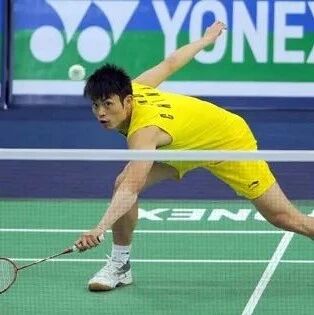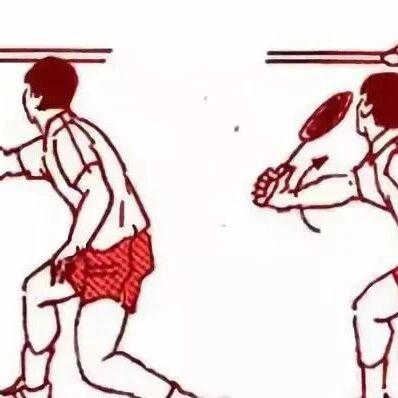How to exercise after recovering from COVID-19? Here are some science-backed fitness tips for sports enthusiasts—make sure to save this!


Event Photos
How should you exercise scientifically after contracting COVID-19?
To meet the fitness needs of sports enthusiasts, renowned sports and medical experts, along with exercise prescription specialists from Shenzhen, have provided advice on common issues encountered during the COVID-19 recovery process.
Q: How should people who regularly exercise resume their workouts after testing negative for COVID-19?
National-level social sports instructor, renowned fitness and wellness expert, and Fudan University postdoctoral fellow Ai Jian Niu recommends:After COVID-19 patients test negative on antigen or nucleic acid tests, it’s important to comprehensively assess their individual exercise capacity. As a general guideline, they should gradually ease back into physical activity by reducing their usual daily exercise volume by about half for the next two weeks. For example, if they normally climb stairs, they could opt to take the elevator instead; similarly, cut their walking speed and distance in half.
If, during exercise, they start feeling short of breath or experience that "gasping" sensation, it’s a clear sign that the heart is under excessive strain, and they should immediately stop exercising.
To help with recovery, gentle stretching exercises like yoga, as well as practices such as the Eight Brocades or Tai Chi, are recommended. However, when practicing Tai Chi, it’s crucial to follow the principle of "maintaining a high stance, taking small steps, and practicing Tai Chi effortlessly."
-
Q: What should the general population and older adults keep in mind when starting exercise after recovering from COVID-19?
Long Jianjun, Director of the Rehabilitation Therapy Department at Shenzhen University First Affiliated Hospital, recommends:Exercise is one of the most important activities for improving and maintaining our physical health. After recovering from COVID-19, patients can typically begin gradually incorporating low-intensity aerobic or strength exercises, such as walking or yoga. However, it’s not recommended to jump straight into intense, high-volume workouts right after testing negative—instead, it’s best to start with moderate, light exercise in small amounts!
At this stage, the body remains relatively fragile, so it’s still important to prioritize rest and recovery. Be sure to supplement with essential vitamin C and high-quality protein, while ensuring you get plenty of rest and sleep. Elderly or debilitated patients should closely monitor changes in their blood oxygen levels and heart rate—and if they experience any discomfort, seek medical attention promptly.
-
So, after recovering from COVID-19
And how can we scientifically and gradually resume exercising?
Zhang Yanjie, Director of the Department of Physical Education at the Chinese University of Hong Kong and a Certified Exercise Prescriber with the Chinese Society of Sports Science, recommends:After recovering from COVID-19, exercise should be gradually increased based on intensity—specifically, you can use the Borg Rating of Perceived Exertion scale as a rough guide to estimate your current level of exertion. This scale rates how hard you feel during exercise, ranging from 0 (no effort at all) to 10 (maximum effort).

FRIST
Phase 1: Preparing for Exercise Recovery
*Borg scale rated from 0 to 1
Starting from the day symptoms appear or when a positive test is confirmed, infected individuals should take at least 10 days of adequate rest. Basic exercises such as flexibility stretches and light indoor walking are especially important for restoring cardiovascular fitness and joint mobility—for instance, the stretching movements from spinal health exercises.
SECOND
Phase 2: Low-Intensity Activities
*Borg scale score of 2-3
Once symptoms have largely subsided, you test negative, and have gotten at least 10 days of adequate rest, it’s safe to start with light activities like walking, gentle housework, or gardening—but remember, no running or resistance training at this stage!
THIRD
Phase 3: Moderate-Intensity Activities
*Borg scale rating of 4-5
During this phase, you can engage in brisk walking, stair climbing, jogging, incorporating inclines, and resistance exercises such as bodyweight squats.
FOURTH
Phase 4: Moderate-intensity exercises with coordinated and effective skills
*Borg scale score of 5-7
At this stage, activities such as running, cycling, swimming, and dancing can be performed.
FIFTH
Phase 5: Preparing for Exercise Rehabilitation
*Borg scale rating of 8–10
At this stage, you can resume your regular exercise, sports, or activities as they were before contracting COVID-19.

Event Photos
Finally, Xiaoyu would also like to remind everyone: At any stage, if you experience discomfort such as pain or fatigue after exercising, you should stop training. And once the symptoms subside, take an extra day of rest before resuming the unfinished phase of your workout.
In short, whether your fitness level is high or low, or your immune system is strong or weak, don’t rush back to your previous exercise routine right after recovering from COVID-19.
Haste makes waste—only by progressing steadily can you return to the top!


Related Articles

Li Zongwei's Backward Step Analysis and Training Methods—Essential Techniques Every Badminton Player Should Learn

When playing badminton, you need to know about that magical 45-degree angle.
